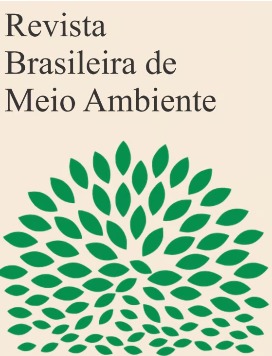July 19, 2023
Publication of the Article DOI
The DOI (Digital Object Identifier) is a unique and permanent identification system assigned to a digital object, such as an academic article, a technical report, a book, a dataset, or any other type of digital content. It was developed to provide a standardized and stable way to reference and locate digital content on the internet.
The assignment of DOIs is managed by an organization called the International DOI Foundation (IDF), which coordinates the creation, assignment, and maintenance of DOI identifiers worldwide.
The main characteristics of DOIs are:
- Uniqueness: Each digital object is assigned a unique DOI that will never be reused for another piece of content. This ensures that the DOI is an exclusive identifier for that specific object.
- Permanence: Once assigned, the DOI does not change. Even if the digital object is moved or its URL (web address) is altered, the DOI remains the same, making it easier for people to reliably locate and reference the content.
- Resolution: The DOI is linked to a resolution system, which allows users to access the content associated with the DOI. When someone clicks on a DOI link, they are directed to the page or location where the digital object is hosted.
- Traceability: The DOI system records information about the digital object associated with each DOI, such as metadata and information about the content’s owners or creators. This helps track the history and authenticity of the content.
In the academic context, articles published in scientific journals, periodicals, and other research materials are assigned a DOI, making it easier for other researchers to find and cite relevant works. When an author cites an article using its DOI, the reference is much more precise and reliable than simply providing the article’s title and authors’ names.
Click here to return to the homepage ||| Click here to go back to the Author Guidelines.
